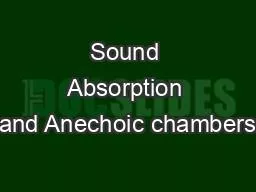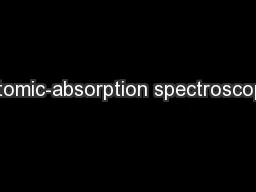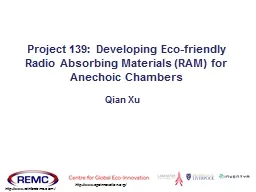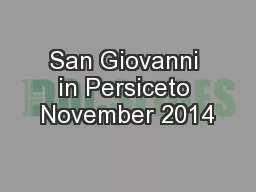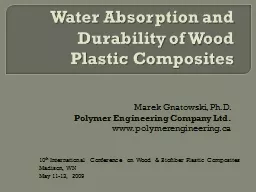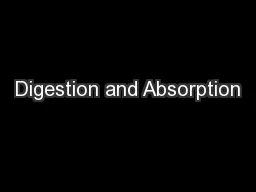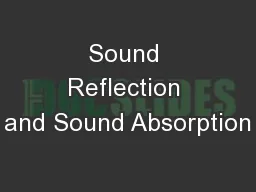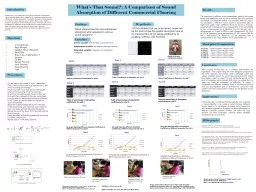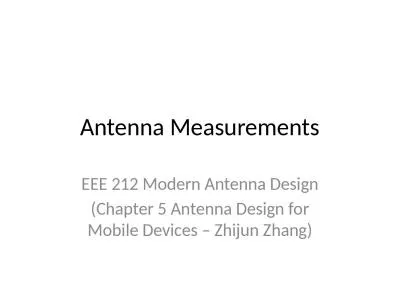PPT-Sound Absorption and Anechoic chambers
Author : festivehippo | Published Date : 2020-08-27
Kris Gill What is Sound Absorption Any technique used to manage the reflection of sound off of a surface causing sound energy to be dissipated Absorption Reflection
Presentation Embed Code
Download Presentation
Download Presentation The PPT/PDF document "Sound Absorption and Anechoic chambers" is the property of its rightful owner. Permission is granted to download and print the materials on this website for personal, non-commercial use only, and to display it on your personal computer provided you do not modify the materials and that you retain all copyright notices contained in the materials. By downloading content from our website, you accept the terms of this agreement.
Sound Absorption and Anechoic chambers: Transcript
Download Rules Of Document
"Sound Absorption and Anechoic chambers"The content belongs to its owner. You may download and print it for personal use, without modification, and keep all copyright notices. By downloading, you agree to these terms.
Related Documents

